What is Industrial camera? Main types and image processing
02.03.2020
CONTENTS: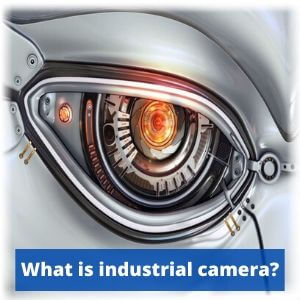
- What is an industrial camera?
- Toughest digital cameras
- When to use industrial camera? The main applications
What is an industrial camera?
Industrial camera is a special type of camera that is adapted to work in harsh conditions (high temperatures, pressure, and vibration). They are used to control the production cycle, track units on conveyors, detect ultra-small parts, etc. Therefore, in general, their scope is almost limitless.
The main features of such equipment against a common one are:
- Reliability
- Accuracy
- Operating principle
Let's look at how industrial cameras differ from ordinary cameras in detail.
Toughest digital cameras
Why are industrial cameras so expensive? Let's try to find out the reason for the high cost and see if there are low cost ones.
Reliability
Cameras for industrial use significantly differ from ordinary everyday cameras by their high grade of reliability. Such devices often have sturdy housing that protects internal mechanisms from humidity, dust, harmful gases, and other environmental factors. Manufacturers of industrial cameras use the most durable materials for their production (metals, sometimes-reinforced plastic).
Due to its reinforced design, such equipment solves problems in non-standard or even harsh conditions. Devices with high protection level operate in the temperature range from -40 to +70°C and even higher. Sometimes exactly industrial cameras are used for temperature control inspection. They also have generally resistance against mechanical shocks and vibration.
That is why industrial cameras have a long life cycle. Such webcams and photo cameras can operate longer than dozens of ordinary ones combined.
Accuracy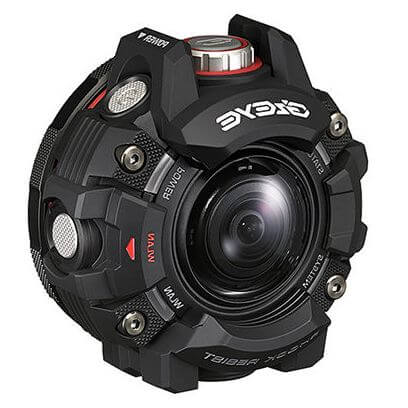
The highest resolution camera is industrial one. On average, the best devices can shoot images with a resolution of up to 150 million pixels (150 MegaPixels). However, you can find equipment with even higher parameters, for example, VN-25MX with ultra-high resolution 225MP or VN-200MX with 427MP. They may process images with the most unimaginable formats like 15804x12008 or 23760x18012.
Industrial cameras often doing quality control operations. Such tasks involve a high accuracy of results. Therefore, this equipment has a high resolution and high-quality image processing.
Operating principle
Tasks of industrial cameras are significantly different from everyday ones. Therefore, their design is also different. Such devices use increased measures for mounting lenses, a variety of additional filters, integration with industrial interfaces, as well as special software. The models do not include common parts such as a flash, viewfinder, or shutter button. They are integrated into network using industrial interfaces.
Management of operation is most often carried out using a PC and special software. Control systems transmit signals through connected cables, which give commands for actions.
Industrial wireless cameras can receive signals wirelessly, for example via Wi-Fi. Infrared cameras, as well as thermal imagers, are used to work in very harsh conditions (for example, metal processing).
As you can see from the features above, industrial cameras are very complex equipment with numerous additional parts and increased strength. Therefore, its price is also significantly higher.
When to use industrial camera? The main applications
The scope of the presented equipment is quite wide. Industrial cameras can be applied in:
- Industrial Automation
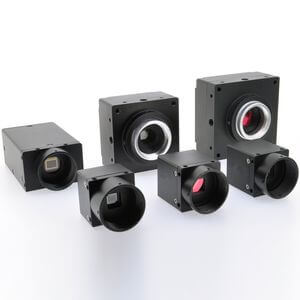
- Robotics
- Traffic control
- Medicine
- Science
- Production
- Security Systems
How to select industrial camera? The type and design of the device varies depending on the field of activity and tasks. Let's look at devices for all areas in more detail to understand where specific types are used.
Automation and robotics. Machine vision
Devices are widely used in industrial automation and robotics. Equipment for control systems generally needs a high resolution. It has to transfer data quickly to control systems.
Production applications require a machine vision. The machine vision is the application of computer vision in manufacturing. It allows controlling systems to see a live picture of what is happening in reality.
These industrial machine vision cameras work through the following interfaces:
- GigE Vision,
- USB 3.0,
- CameraLink,
- CoaXPress,
- Сamera Link
- FireWire
- Pixel-Shift
They may perform controlling, diagnostics, monitoring, and many other useful actions.
For complex tasks there are smart cameras. They perform more complicated action algorithms.
Production and manufactures
In conveyors, cameras can replace special sensors (We described Baumer edge sensors previously) and monitor the correct operation of them. Such devices should have high accuracy and fast signal transmission. It needs to prevent occasional errors and emergencies. To work in such area, devices with continuous shooting, 3D scanning, and photo focusing are required.
Linear cameras (with Line scan) are used for conveyors with continuously moving materials. They even perform line-by-line scans on the object’s surface. These options are necessary for the printing or light industry. Such devices have built-in CMOS sensors for this.
For work in heavy industry with a high level of pollution and poor visibility, infrared SWIR cameras and multispectral thermal imagers are used.
Programmable FPGA industrial cameras have built-in image processing, which allows offline processing in real time, offloading the network and PC. Baumer is one of the leading brands in the production of machine vision video sensors. The company launched the VeriSens series for such purposes.
Science and medicine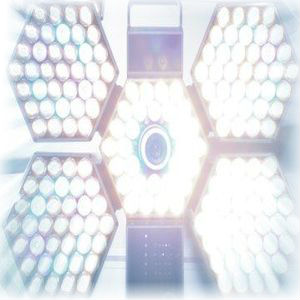
With the development of nanotechnology and the rapid growth of medicine, various webcams are often used in these areas. Such units deal with microscopic objects or particles that people cannot see with their eyes. The equipment uses special matrices sCMOS, CCD and EMCCD. The main advantage of these matrices is high quantum efficiency, low noise, and a large depth of the potential well. Such cameras can shoot in very low light conditions and detect weak signals. Some models capture even single photons.
Hyperspectral and multispectral cameras are used to work with spectral channels. They are capable of capturing up to several hundred spectral channels in each frame.
The medicine industry requires compact models. For example, microscopic cameras are capable of transmitting images with high expansion, while having a miniature size. Today this equipment works in almost all branches of medicine, from dentistry to laboratories (endoscopes, borescopes, microscopes, etc.).
Special cameras are developed to work in cryogenics. They have unique protection against extremely low temperatures.
Traffic control
If you recently received a photo of your traffic violation, then know that you are being caught by an industrial camera. To control traffic, fixing fast-moving objects, special high-speed cameras are used. They are capable of operating at a frequency of 1,000 to 1,000,000 frames per second.
Outdoor equipment must have a dustproof and waterproof enclosure. Traffic control purposes require continuous work and a long life cycle. This applies to both external and internal components of the assembly.
In security systems and everyday life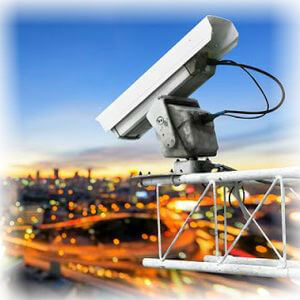
Cameras in the 21st century are largely synonymous with security. Industrial security camera installation requires flexibility and compact housing dimensions. Security systems use industrial cameras that can be mounted almost anywhere.
The main requirements for such devices are stability, compactness, and flexibility. Industrial outdoor security cameras must be protected from environmental influences. Models with night vision are frequently required, for example on television. Also, action cameras are widely used by ordinary people. They are capable of transmitting pictures even in 4k / UHD and 2k / HD. You can make slow motion wherever you are with them.
Low cost industrial camera
If you need a low-cost industrial camera, open-frame devices are a great solution. They can be mounted already in your existing system, without overpaying for additional protection. These devices may also have computer vision due to the operation of CMOS and CCD sensors.
The main disadvantage of this solution is, of course, its protection. Do not install them in hazardous areas, as well as outside! Nevertheless, they can work in all the above areas with proper installation.
Conclusion: industrial cameras today operate everywhere, not only in industry but also in our everyday life. They are quite diverse in terms of operation principle, both in design and in functionality. Their increased requirements for reliability, quality of work and resistance to environmental influences unite them. Eltra Trade is a reliable industrial products supplier and in our store, you will find a lot of different equipment. Call now and our managers will help you with choice!